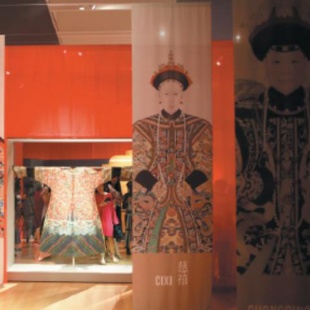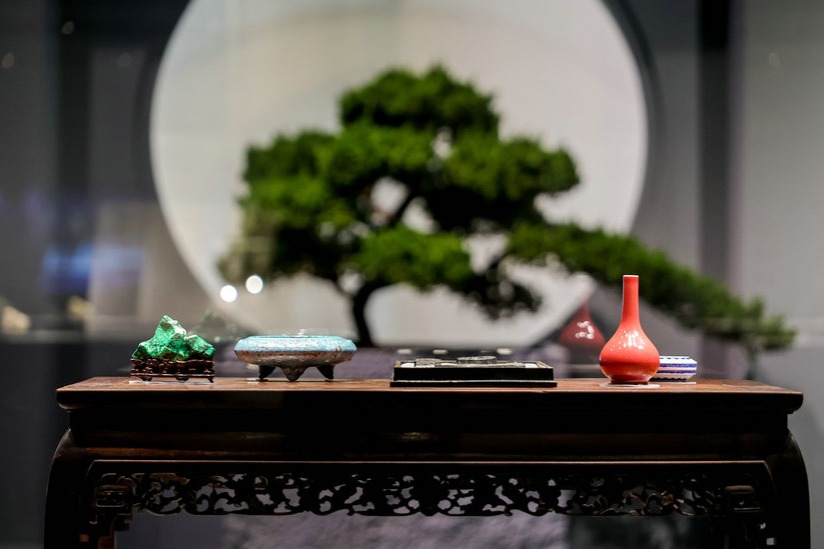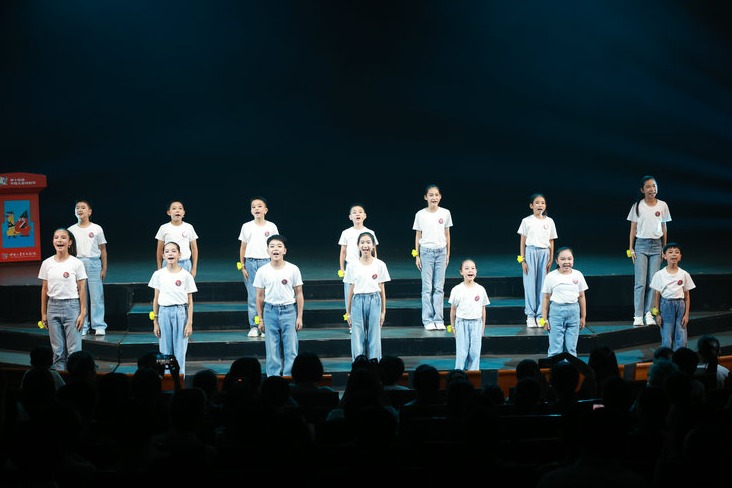Exhibitions illustrate China's march of progress


Academic exchanges
While knowledge of China's cultural heritage may have deepened among people overseas, He, from Nanjing University, considers academic exchanges to be the other side of the same coin.
"Cultural self-confidence has been advocated in China in recent years, and we archaeologists may be the ones who are naturally confident," he said.
"When we unearth relics dating back tens of thousands of years, we can clearly see how Chinese civilization originated and advanced toward today without interruption. Confidence is not only about emotion; it is rooted in a rational spirit."
He added that recent achievements in archaeological studies in China deserve greater global exposure.
"We need hard work, of course, but our voice also needs to be heard," he said.
Ma Xiaolin, director of the Henan Museum in Zhengzhou, the provincial capital, and a member of the National Committee of the 13th CPPCC, said China is home to 33 professional archaeology journals, but only three have foreign language editions, and not every paper in them is translated.
Speaking at the current session of the CPPCC National Committee, he noted that the lack of academic journals published in foreign languages has become a bottleneck preventing the rest of the world from comprehensively understanding Chinese history.
"We've made great achievements in terms of archaeology. However, even many top-level foreign archaeologists don't know much about them, let alone general academics," he said, adding that the nation's archaeological journals should recruit foreign experts to expand their global influence.
Moreover, Chinese archaeologists have been using new ways to ensure their theories and methodologies are better known elsewhere - not on paper, but in person.
According to the National Cultural Heritage Administration, since 2016 archaeologists from nearly 30 academic institutions, universities and museums nationwide have taken part in 40 cross-border projects in 24 countries.
Two projects - one in Iran and one in Russia - are being led by Nanjing University. He, the professor, is a member of the expert panel, which is responsible for devising plans to preserve important sites. He views this as a way of promoting understanding of the protection of the nation's cultural heritage overseas.
"By learning more about other ancient civilizations, we can better understand our own," he said.
In 2017, he hosted an excavation of the ruins of a temple in Nantong, Jiangsu, that attracted visitors and missions from Japan during the Tang Dynasty (618-907).
"I was invited to deliver related lectures in Japan and South Korea last year, even though I hadn't finished the project. Many local media covered the events," he said.
"Our latest achievements in cultural heritage studies will travel to other countries faster than we can imagine if we can find the right method."





































